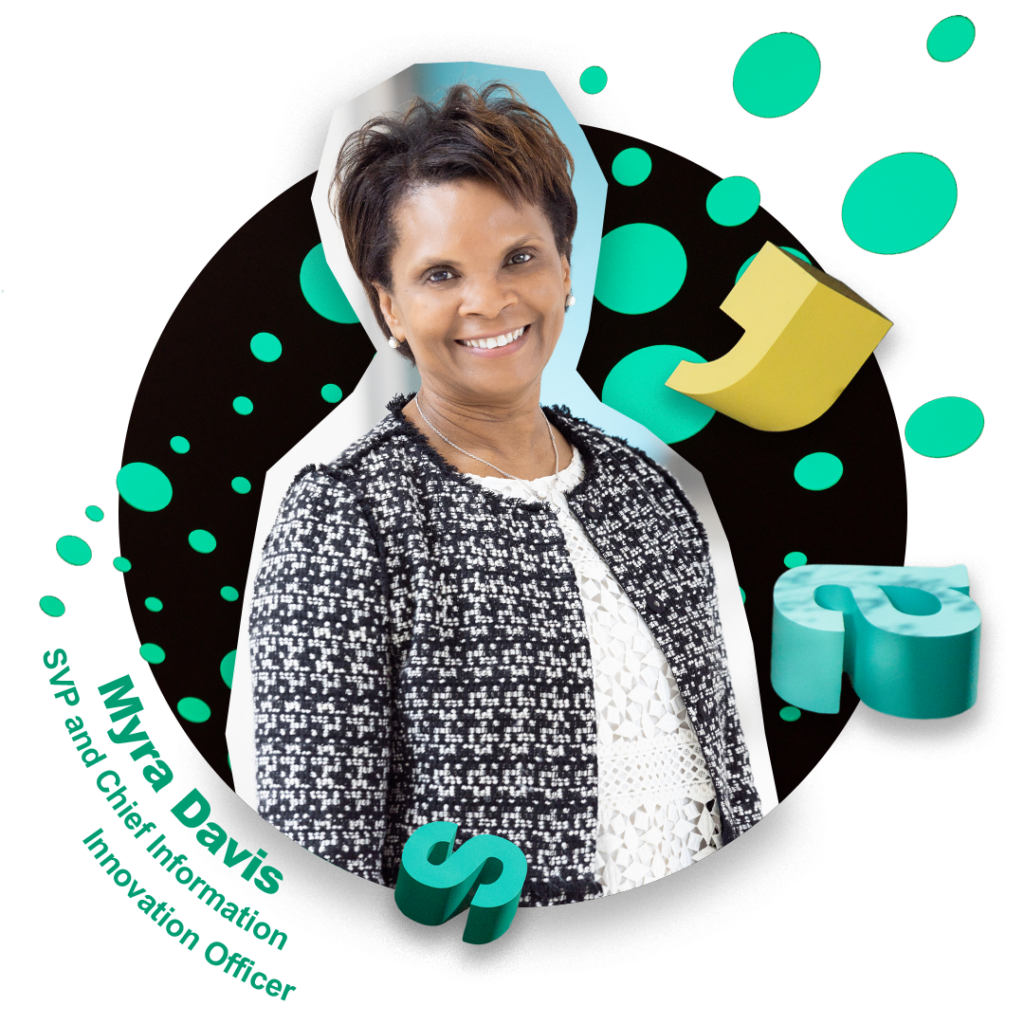|
|

According to a report by Cybersecurity Ventures, women held just 25 percent of cybersecurity jobs in 2022. While those numbers may seem discouraging, that’s more than double what they were in 2013. At Texas Children’s Hospital (TCH), those numbers—discouraging, encouraging, or otherwise—simply don’t apply.
Over 70 percent of the executives at TCH are women, including five leaders who oversee cybersecurity for the healthcare system: Myra Davis, chief information innovation officer; Teresa Tonthat, associate chief information officer; Veena Nagarajan, assistant director of information security; Farah Rehman, manager of information security governance, risk, and security; and Nathalee Jones, manager of information security identity and access management.

At separate times and on separate calls with American Healthcare Leader, both Davis and Tonthat admit this incredible statistic wasn’t one that they actually thought about until their interview.
“I’ve been here for twenty years and have seen this team grow from an organization of one to the dozens that it is now,” Davis says. “And yet, I never stopped to think how incredible that we have four women overseeing cybersecurity. But, more than anything, I’m proud that this is a team of incredible people that just gets things done.”
Everyone’s Responsibility
For a team that’s relatively lean for its size, Tonthat says maintaining and evolving effective cybersecurity at Texas Children’s Hospital comes down to ensuring that it’s an organization-wide priority. Making “cybersecurity everyone’s responsibility” is a credo repeated often throughout a discussion with these five leaders, and it’s been made most effective by finding ways to balance positive employee experience with protocols necessary to deter bad actors.
Achieving that balance requires significant facetime with stakeholders.
“Cyber is always better adopted if you bring people to the table and do it together,” Tonthat explains. “We cannot be successful if our team doesn’t take the time to sit down with operational system leaders to help them explain the importance of cybersecurity to their own people. They are essentially an extension of our voice.”
Tonthat says this process requires a significant amount of emotional intelligence, that even the most seasoned of leaders can find themselves overwhelmed if security experts get too into the weeds of information security. She says the strength of the women on her team is the ability to read the room, understand how best to deliver information through storytelling, and align with those outside the tech sphere.
The Team Difference
When asked what makes their working relationship so unique, the TCH cyber leaders highlight both the trust and transparency with which everyone involved operates.
“If I need to escalate something, or if I just need to share something personal, I can always go to this group of women,” Rehman explains. “That allows us to be present in each other’s lives and celebrate our successes. I got to watch Nathalee successfully roll out [healthcare identity software security] Sailpoint recently, and it just motivated me even more in my role. We’re transparent with each other, and we support each other.”
“There’s the trust factor, too,” Jones chimes in. “Miss Myra has put a significant amount of trust in me since I first started here, and it just creates an environment where you know you can thrive. We know our leaders have faith in us and that they’re here for us.”
Encouraging More Women to Enter the Space
TCH is the outlier, but what can be done to expand the number of female tech leaders in cybersecurity? Tonthat says anyone interested in a career in cybersecurity need not be so deterred by their degree.
“I’ve known successful security leaders with a zoology degree,” Tonthat says. “You have to have a curiosity for cybersecurity, strong business acumen, and the ability to be a strong people leader. My own leaders are not necessarily technical leaders; they’re people leaders.”
Mentorship also plays an incredibly crucial role in building out one’s capabilities. Davis says don’t wait for a mentor to seek you out.
“People within an organization may not know you or what you’re seeking,” Davis explains. “You’ve got to be proactive in seeking mentorship, and sometimes that means going outside your organization. Don’t just wait for someone to tell you that they’re going to mentor you. That’s not going to happen.”
Nagarajan concurs and says transparency with a mentor is also incredibly important. “Find a mentor who you can express your desired career path with, and who you can express where you’d like to be in five or ten years from now,” she advises. “Let them share their experience, and their path can inspire yours.”
The good news is that there’s never been as many women in cybersecurity as there are right now. Hopefully, equality in the field will become such a norm that, like the cyber leaders at TCH, they won’t even realize it until it’s brought to their attention.


Children as Patients, and Patience with Children
Female leaders often come home to another full-time job at the end of the day. But Myra Davis says having children, in turn, provides some of best leadership advice in life.
“I’ve always believed that having kids trains you how to be a leader in your professional life,” she notes.
The five female leaders at Texas Children’s Hospital all have families of their own. Davis and Veena Nagarajan are mothers of two, Teresa Tonthat and Farah Rehman are mother of three, and Nathalee Jones is the mother of nine, including children with special needs, who were adopted and kept together in a family unit.
“We all have had to have proactive conversations with our spouses and support structures, otherwise I just don’t think we could be successful in our career,” Tonthat explains.
There are additional challenges that accompany working on behalf of an institution that serves sick children.
“We work at a children’s and women’s hospital, and you can’t help but relate what you see at work to those kids at home,” Nagarajan says. “The work we do doesn’t just touch us as people, but [us] as mothers. It can be challenging, but also incredibly rewarding.”
Credits
Writer Billy Yost
Editor Frannie Sprouls
Design Direction Anastasia Andronachi
Photographer John Lewis
Photo Editor Cass Davis






